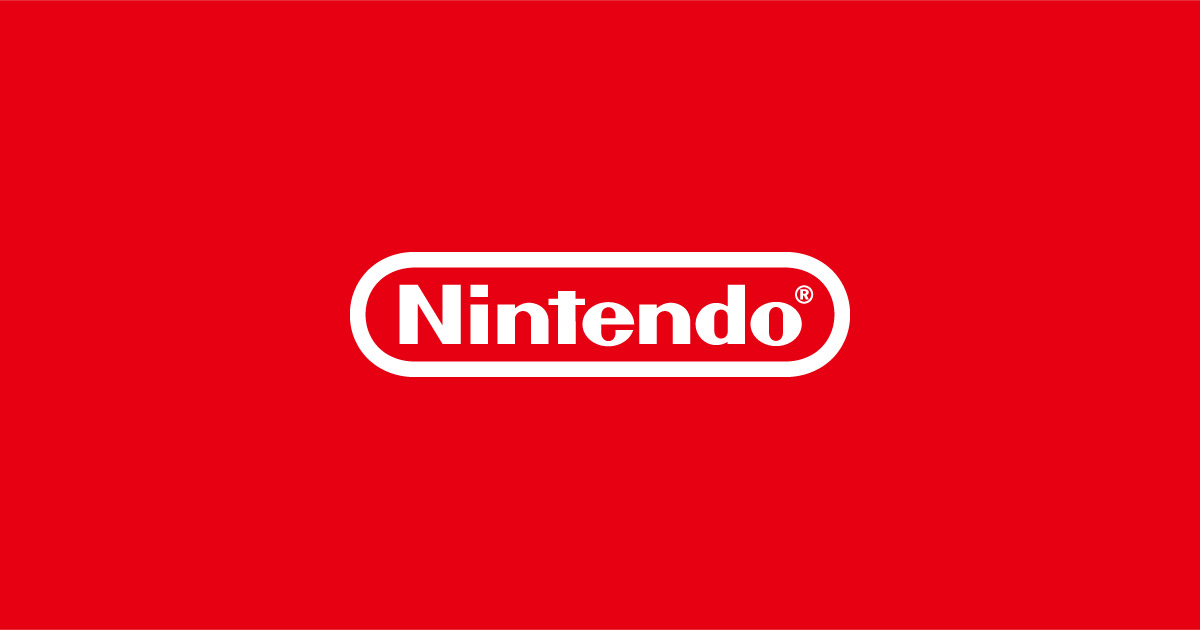Renowned for his innovative approach to game design, Yutaka "Yoot" Saito stands as one of Japan's most creative developers, having crafted influential games such as Seaman and Odama.
Throughout his career, Saito maintained a close professional relationship with Nintendo and the late Satoru Iwata, former Nintendo president.
His unique perspective and ideas have left a meaningful imprint on the company’s beloved hardware and titles, including the inspiration behind the iconic Nintendo 3DS StreetPass feature. At the Reboot Develop 2018 conference, Saito shared compelling insights into his collaborations with Nintendo.
He recounted a story from his youth that directly influenced the creation of the StreetPass system.
During a hardware brainstorming session for a possible next-generation Game Boy, Saito told Nintendo about a personal memory from middle school.
As a shy teenager, he often saw a girl on his morning train ride but lacked the courage to speak with her.
He proposed the notion of a "magic machine" that could facilitate such interactions, planting the seed for what would eventually become StreetPass. Years later, Saito’s company visited Nintendo's headquarters soon after the Nintendo DS was announced.
According to Saito, a developer who led the briefing informed him there was a significant, unrevealed feature that Nintendo President Satoru Iwata wanted to introduce personally.
Iwata entered the meeting with enthusiasm and revealed, "Mr.
Saito, we finally included the feature we discussed—it's called StreetPass." While Saito mentioned the Nintendo DS during his account, it was ultimately the Nintendo 3DS that implemented StreetPass, allowing users worldwide to exchange data seamlessly as they crossed paths. Saito’s influence at Nintendo extended beyond software features.
During the same talk, he discussed a never-released entry in the Mario series, codenamed Mario Motors.
Collaborating with Nintendo, Saito envisioned a game where players sculpt car engines from metal and observe how their designs affect in-game performance.
His aim was to teach players about engine mechanics in an accessible way.
One control idea involved asking players to blow into the DS microphone to emulate acceleration, though Saito ultimately abandoned this concept, citing concerns about player comfort. When asked why Mario Motors did not progress to release, Saito declined to elaborate, suggesting there were confidential reasons behind the decision.
Attendees, including Eurogamer, were unable to uncover further details. Saito also praised Nintendo leadership, recounting how both Satoru Iwata and Shigeru Miyamoto championed creative exploration.
He described Iwata as a relentless innovator who inspired young developers, while Miyamoto balanced his creative energy with production experience.
"They made a significant impact on me with their devotion to originality and their drive to deliver fresh experiences, even after their ongoing success," Saito shared.
Iwata, he added, taught him the importance of embracing individuality in creative work. Yoot Saito's collaborations with Nintendo showcase the company's tradition of fostering bold ideas and supporting visionary developers.
The evolution of StreetPass on the Nintendo 3DS and the legacy of unreleased projects like Mario Motors underline Nintendo's enduring commitment to innovation and unique gameplay experiences.
Throughout his career, Saito maintained a close professional relationship with Nintendo and the late Satoru Iwata, former Nintendo president.
His unique perspective and ideas have left a meaningful imprint on the company’s beloved hardware and titles, including the inspiration behind the iconic Nintendo 3DS StreetPass feature. At the Reboot Develop 2018 conference, Saito shared compelling insights into his collaborations with Nintendo.
He recounted a story from his youth that directly influenced the creation of the StreetPass system.
During a hardware brainstorming session for a possible next-generation Game Boy, Saito told Nintendo about a personal memory from middle school.
As a shy teenager, he often saw a girl on his morning train ride but lacked the courage to speak with her.
He proposed the notion of a "magic machine" that could facilitate such interactions, planting the seed for what would eventually become StreetPass. Years later, Saito’s company visited Nintendo's headquarters soon after the Nintendo DS was announced.
According to Saito, a developer who led the briefing informed him there was a significant, unrevealed feature that Nintendo President Satoru Iwata wanted to introduce personally.
Iwata entered the meeting with enthusiasm and revealed, "Mr.
Saito, we finally included the feature we discussed—it's called StreetPass." While Saito mentioned the Nintendo DS during his account, it was ultimately the Nintendo 3DS that implemented StreetPass, allowing users worldwide to exchange data seamlessly as they crossed paths. Saito’s influence at Nintendo extended beyond software features.
During the same talk, he discussed a never-released entry in the Mario series, codenamed Mario Motors.
Collaborating with Nintendo, Saito envisioned a game where players sculpt car engines from metal and observe how their designs affect in-game performance.
His aim was to teach players about engine mechanics in an accessible way.
One control idea involved asking players to blow into the DS microphone to emulate acceleration, though Saito ultimately abandoned this concept, citing concerns about player comfort. When asked why Mario Motors did not progress to release, Saito declined to elaborate, suggesting there were confidential reasons behind the decision.
Attendees, including Eurogamer, were unable to uncover further details. Saito also praised Nintendo leadership, recounting how both Satoru Iwata and Shigeru Miyamoto championed creative exploration.
He described Iwata as a relentless innovator who inspired young developers, while Miyamoto balanced his creative energy with production experience.
"They made a significant impact on me with their devotion to originality and their drive to deliver fresh experiences, even after their ongoing success," Saito shared.
Iwata, he added, taught him the importance of embracing individuality in creative work. Yoot Saito's collaborations with Nintendo showcase the company's tradition of fostering bold ideas and supporting visionary developers.
The evolution of StreetPass on the Nintendo 3DS and the legacy of unreleased projects like Mario Motors underline Nintendo's enduring commitment to innovation and unique gameplay experiences.


